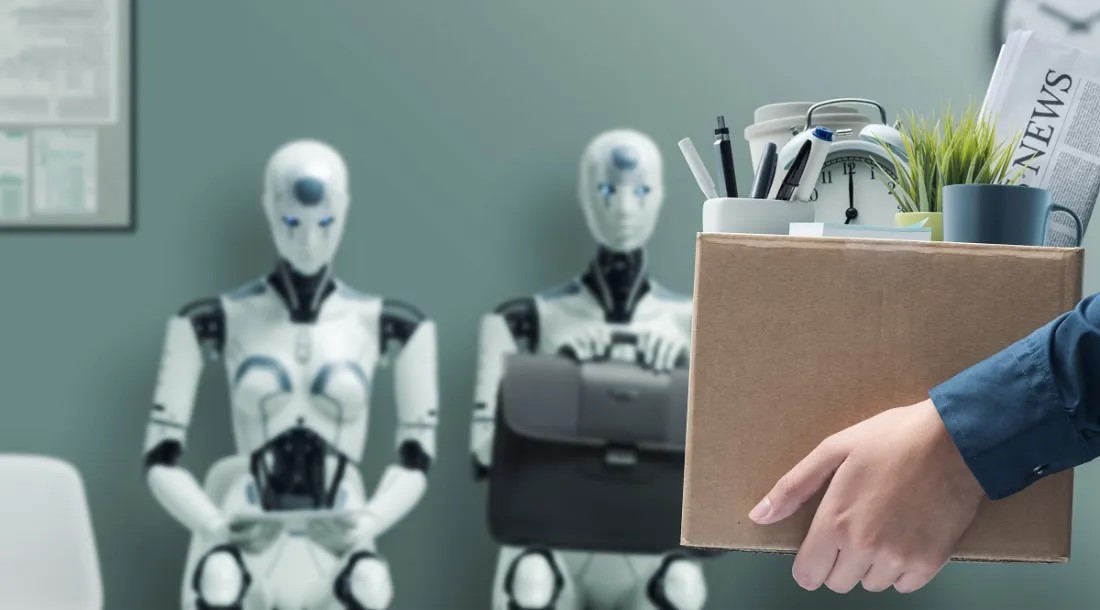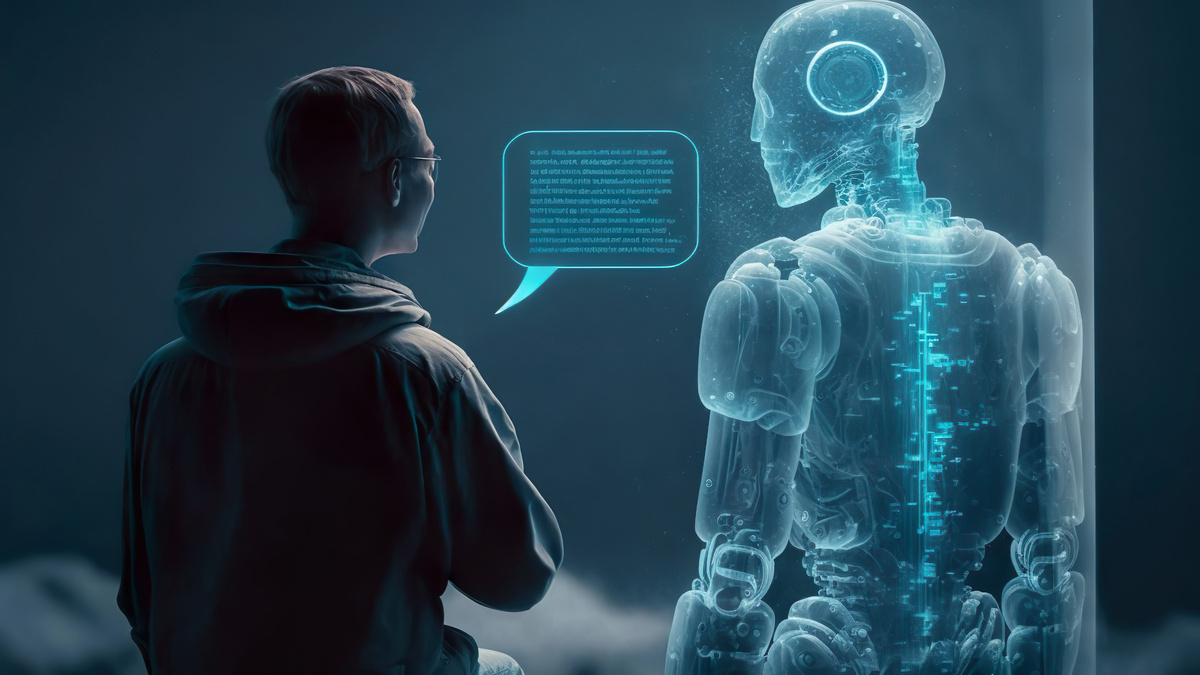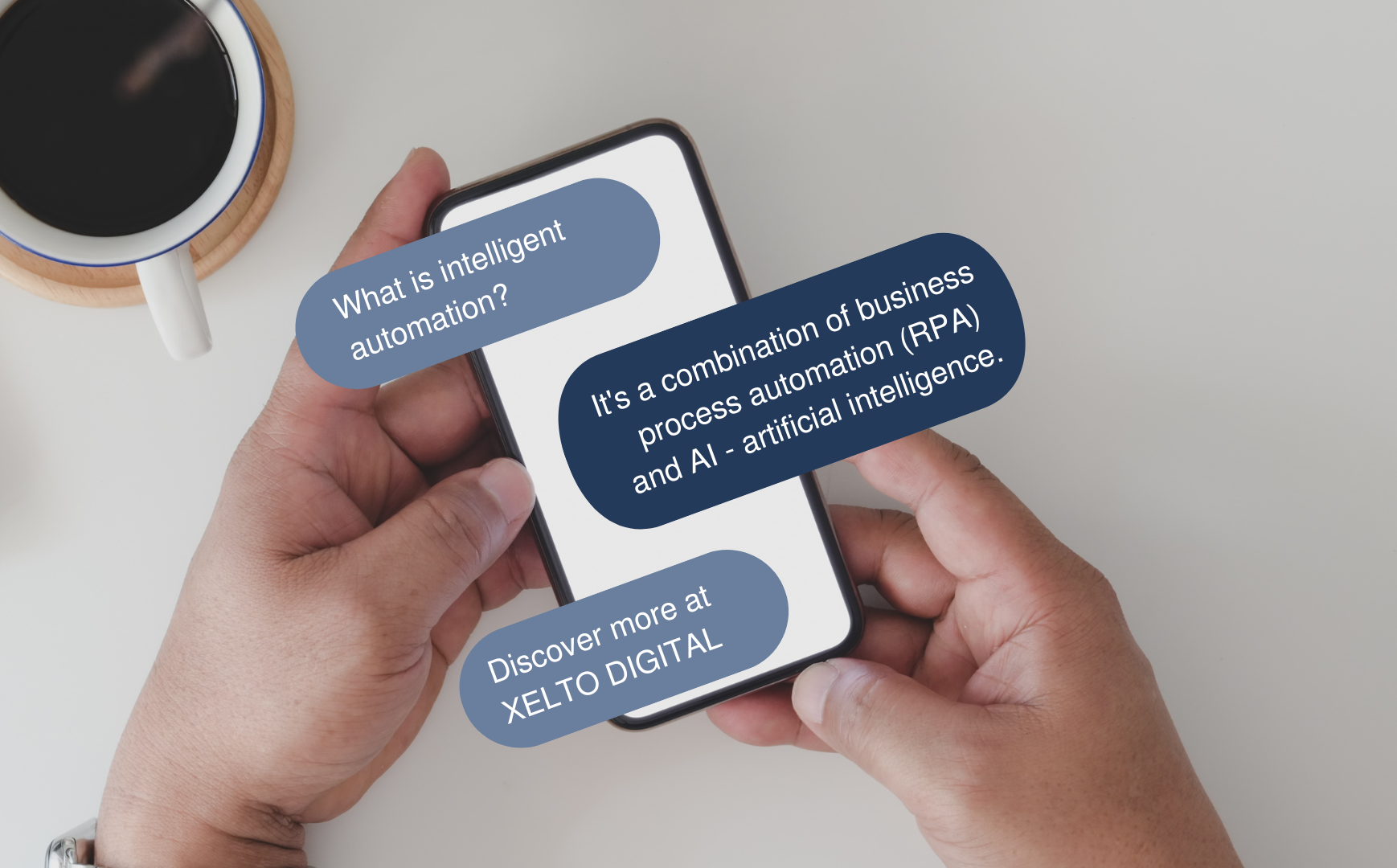
The revolutionary impact of AI on the job market!
The demand for artificial intelligence skills is constantly changing! Soon,

The demand for artificial intelligence skills is constantly changing! Soon,

𝐂𝐚𝐧 𝐚𝐮𝐭𝐨𝐦𝐚𝐭𝐢𝐨𝐧 𝐦𝐚𝐤𝐞 𝐲𝐨𝐮 𝐚𝐧 𝐚𝐭𝐭𝐫𝐚𝐜𝐭𝐢𝐯𝐞 𝐞𝐦𝐩𝐥𝐨𝐲𝐞𝐫? 🤖 Short answer:

Transforming the Business World: AI tools combined with robotization 🤖.

Automate invoice processing with XELTO DIGITAL robots 🤖📑. “Every Monday

The concept of RPA 2.0 is to combine the power

Traps of Generative Artificial Intelligence How business leaders can maximize

Examples of intelligent automation implementations at top companies💡 Intelligent process

𝗦𝘁𝘂𝗱𝗶𝗼 𝗪𝗲𝗯: automation tool for everyone 👩💻👨💻 Studio Web is

Intelligent process automation – RPA and AI join forces 🤖